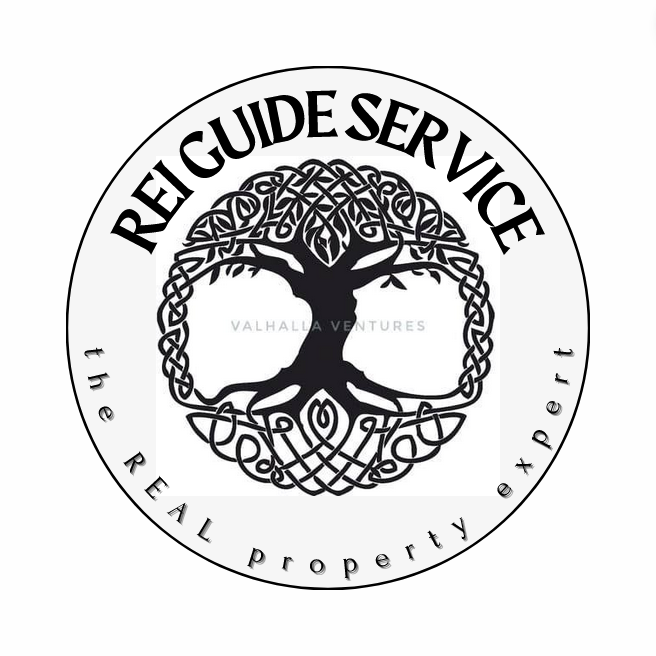Is your home's equity a financial lifeline or a ticking time bomb?
Are HELOCs the Right Solution for Accessing Cash?
In the ever-changing financial world, homeowners often explore ways to tap into their home equity to access cash for major expenses, investments, or emergencies. Home Equity Lines of Credit (HELOCs) have long been a popular option, but they are not a one-size-fits-all solution. Before diving in, it’s essential to understand the advantages and potential pitfalls of using a HELOC.
What is a HELOC?
A HELOC is a revolving line of credit secured by your home’s equity. It functions similarly to a credit card, allowing you to borrow, repay, and borrow again up to a pre-approved limit during the draw period (usually 5–10 years). After the draw period, you’ll enter the repayment phase, where the outstanding balance must be paid back within a set timeframe, often 10–20 years.
When a HELOC May Be a Good Solution
1. Flexible Access to Funds
HELOCs allow you to borrow only what you need when you need it. This flexibility makes them ideal for projects with variable costs, like home renovations, or for unexpected expenses.
2. Lower Interest Rates
Compared to personal loans or credit cards, HELOCs often come with lower interest rates because they are secured by your home. This makes them attractive for consolidating high-interest debt.
3. Tax Advantages
In some cases, the interest paid on a HELOC may be tax-deductible if the funds are used for home improvement. Consult a tax professional to confirm eligibility.
4. Opportunity for Investments
Real estate investors or business owners might use HELOCs to fund new ventures, leveraging their home equity to generate additional income.
The Risks and Limitations of HELOCs
1. Variable Interest Rates
Most HELOCs have variable rates, which can increase over time. Rising rates can make your monthly payments unpredictable and potentially unaffordable.
2. Risk of Foreclosure
Since a HELOC is secured by your home, failing to make payments could result in foreclosure. This risk underscores the importance of borrowing responsibly.
3. Overborrowing Temptation
The revolving credit feature may lead to overspending, leaving you with significant debt and financial stress.
4. Market Fluctuations
If property values decline, you could owe more than your home is worth, limiting your ability to refinance or sell.
5. Fees and Costs
HELOCs often come with upfront costs such as application fees, appraisal fees, and annual maintenance fees. These can add up and reduce the overall benefit of accessing your equity.
Factors to Consider Before Applying for a HELOC
1. Your Financial Stability
Are you confident in your ability to repay the borrowed amount? A HELOC should be used as part of a broader financial strategy, not a stopgap measure for chronic cash flow issues.
2. The Purpose of the Funds
If the funds will be used for investments or necessary expenses that yield returns—such as home improvements or education—a HELOC may be a wise choice. For discretionary spending, it’s worth reconsidering.
3. The Current Interest Rate Environment
In a rising rate environment, the cost of borrowing could increase significantly. Fixed-rate alternatives like home equity loans might be more appealing in such cases.
4. Your Long-Term Goals
If you plan to sell your home or refinance soon, taking on a HELOC could complicate these processes. Be sure your plans align with this type of financing.
Alternatives to HELOCs
If a HELOC doesn’t seem like the right fit, consider these alternatives:
Home Equity Loans: Fixed interest rates and predictable payments make this option more stable than a HELOC.
Cash-Out Refinancing: Replace your existing mortgage with a new one at a higher amount, giving you access to the difference in cash.
Personal Loans: While typically higher in interest, they don’t require you to use your home as collateral.
Credit Cards: Useful for smaller, short-term needs, but only if you can pay off the balance quickly to avoid high interest.
The Wrap
HELOCs can be a powerful tool for accessing cash, but they come with risks that should not be ignored. The key is to evaluate your financial situation, understand the terms, and have a clear plan for how you’ll use and repay the funds. By doing so, you can determine whether a HELOC aligns with your financial goals or if another option might better serve your needs.
wanna chat more about ways to invest in and with real estate?


